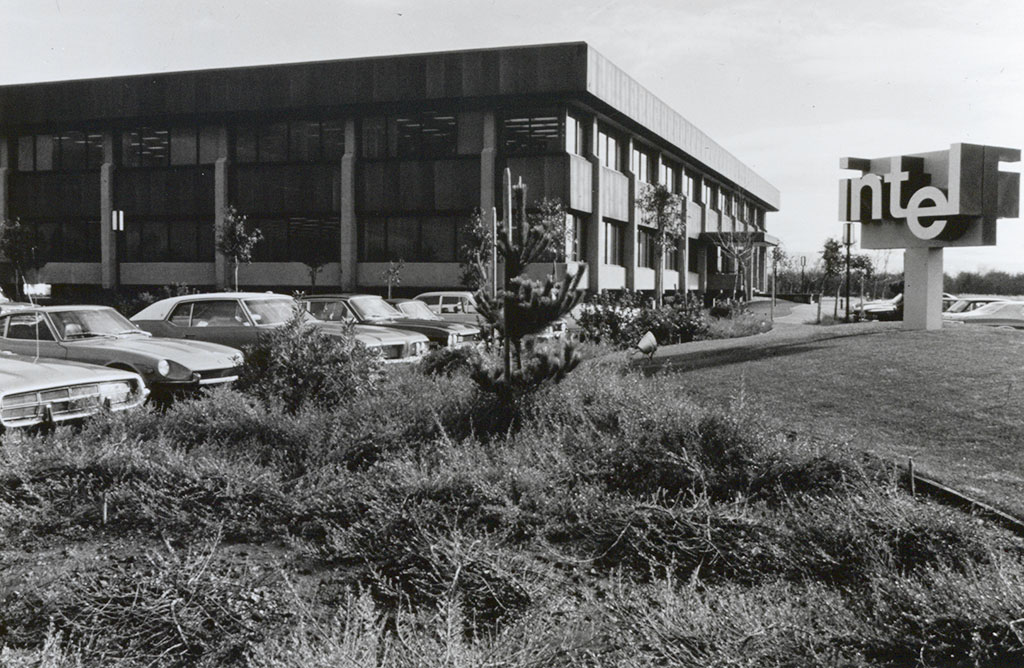Intel reflects on Moore’s Law as 50-year anniversary comes into view
Looking back at five decades of processor design.

Over the years, Intel has insisted that Moore's Law is alive and well, even when others have declared it dead. Now as the company approaches its 50th anniversary, Intel is taking a moment to reflect on five decades of processor design, and how the prediction of one of its co-founders would serve as its guiding principle even to this day.
It all started with a paper published on April 19, 1965 titled "Cramming More Components onto Integrated Circuits." In that paper, Moore had predicted that the number of components that could be fit into a state-of-the-art microchip would double around every year for the next decade. He was essentially talking about transistors, which he said would lead to more powerful chips that would ultimately power home PCs and "automatic controls for automobiles."
"Moore proved remarkably accurate. According to his prediction, by 1975 a state-of-the-art microchip should have been capable of containing up to 65,000 transistors. The actual count for a new series of memory chip released that year was 65,536—Moore had been accurate to within a single percentage point over the span of a decade," Intel explains in a blog post.
Intel concedes that the precise rate of growth would require some tweaking over the years (his prediction was revised to every two years in 1975), "but its basic premise of steady, predictable improvement would continue to the present day."
This notion was echoed two years ago when Intel CEO Brian Krzanich talked about how Moore's Law was still driving the company's efforts as it worked towards increasingly smaller manufacturing processes.
"In my 34 years in the semiconductor industry, I have witnessed the advertised death of Moore’s Law no less than four times. As we progress from 14 nanometer technology to 10 nanometer and plan for 7 nanometer and 5 nanometer and even beyond, our plans are proof that Moore’s Law is alive and well," Krzanich said at the time. "Intel’s industry leadership of Moore’s Law remains intact, and you will see continued investment in capacity and R&D to ensure so."
We're still waiting for a mass roll out of Intel's 10nm products, of course, and after some delay volume shipments are finally expected to happen this year (*fingers crossed*).
Keep up to date with the most important stories and the best deals, as picked by the PC Gamer team.
Intel's official anniversary is on July 18. However, Intel is kicking off the celebration early by looking at its heritage, and revealing some interesting information about its past, such as how the Pentium processor got its name.
"Introduced in 1992, the Pentium processor was named by Intel employees who entered a companywide contest. Rejected monikers included 586NOT! and Iamfastests. Pentium is derived from the 'penta', a Greek word for five. It was a reminder that it was Intel’s fifth-generation microprocessor. While an external branding agency coined the name Pentium, 18 employees who had suggested something very similar each received $200," Intel said.
Intel also released a short video that takes a look back at the past 50 years, though turn your volume down first, the background music is pretty boisterous.
Paul has been playing PC games and raking his knuckles on computer hardware since the Commodore 64. He does not have any tattoos, but thinks it would be cool to get one that reads LOAD"*",8,1. In his off time, he rides motorcycles and wrestles alligators (only one of those is true).


